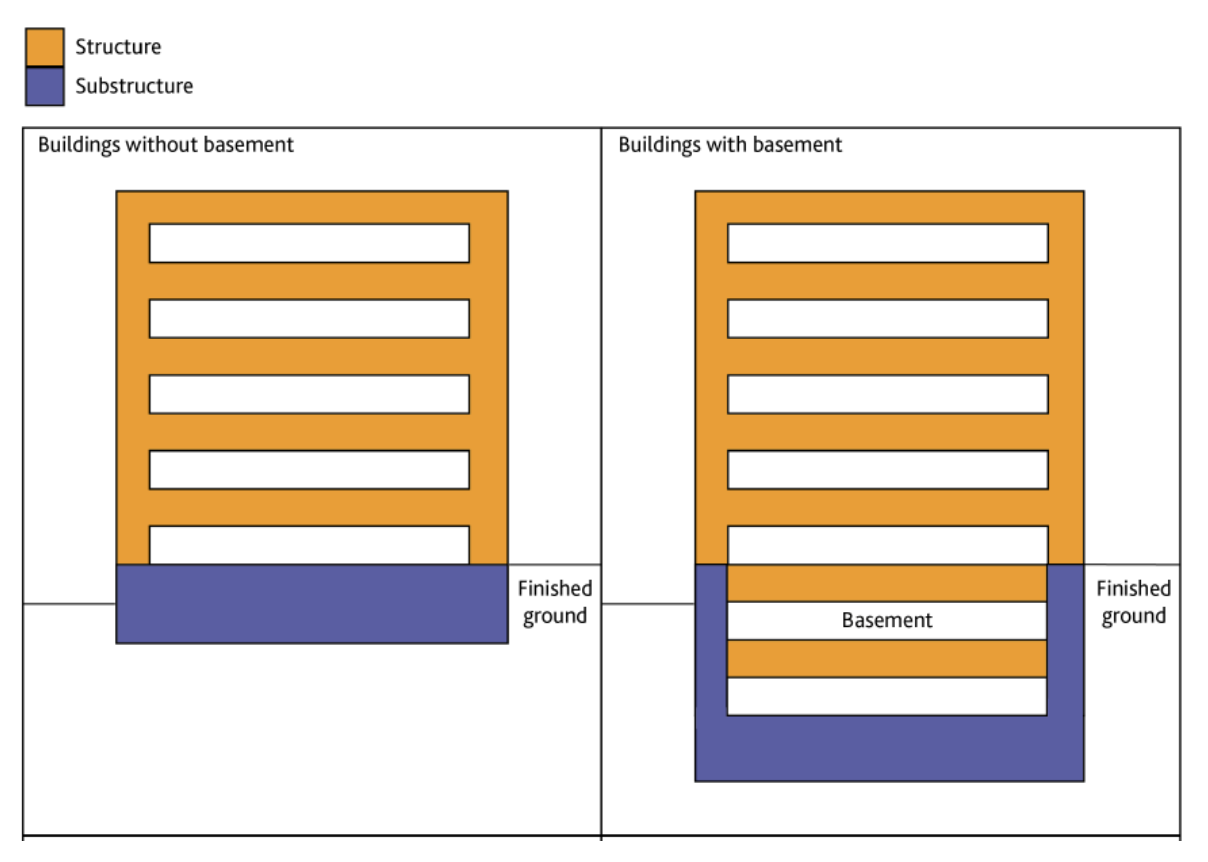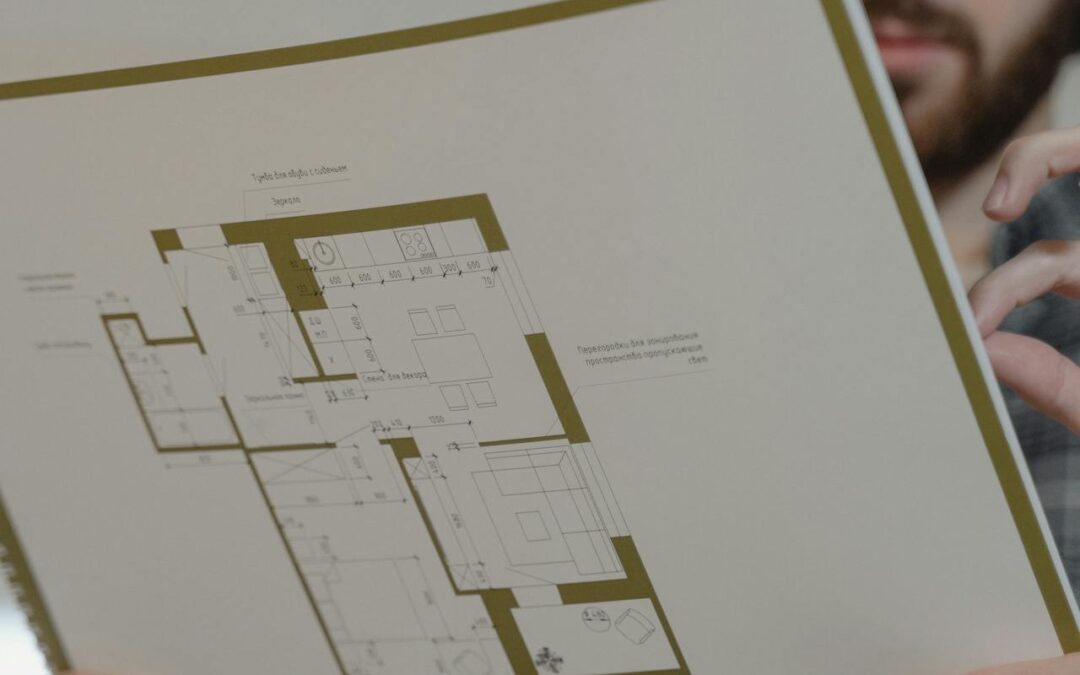From NEN2699 to ICMS: how the BouwData accounting framework bridges local and international cost classifications
Bouwdata
From NEN2699 to ICMS: how the BouwData accounting framework bridges local and international cost classifications
Is your construction team active in Belgium, the Netherlands and internationally? Discover how the International Cost Management Standard fits into our standardisation work.
Our local context
In Belgium and the Netherlands, two standards provide the starting point: NEN2699 for structuring investment costs, and NLBE-SfB for organising functional systems. Each has its own value: NEN2699 offers a solid foundation for estimation, budgeting and cost planning, while NLBE-SfB is essential for properly structuring building information in a model.
But as we move towards a 5D BIM environment, where costs and building data are fully integrated, we encounter a limitation: there is a need for a common language that unites both perspectives.
Within BouwData – a pre-normative research project launched in 2008 and partially integrated into the white paper of Het Facilitair Bedrijf “Unambiguous framework for post-execution measurement and 5D BIM” – the Object Code provides this common language.
The international challenge
Today, anyone working on projects in an international context quickly realises that familiar standards such as NEN2699 and NLBE-SfB are no longer sufficient. Large clients, international contractors and financiers increasingly require reporting aligned with global standards such as the ICMS – International Cost Management Standard.
This standard covers the full life cycle of a building – from operation and maintenance to demolition and carbon impact.
Since the latter aspect is not covered by the BouwData accounting framework, conversion to this international standard is essential to achieve a complete picture.
Time, then, to bridge the two worlds.
The comparison
To connect both worlds – the international scope of ICMS and the local precision of the Object Code – it is essential to understand the underlying logic of both systems.
The table below illustrates how the two classification systems complement one another, while also highlighting their fundamental differences.
|
|
ICMS (3rd Edition) |
Object Code (BouwData v5.4) |
|
Structure level |
4 levels |
5 levels |
|
Focus |
Life Cycle Costing + Carbon Emissions |
5D BIM |
|
Classification principle |
In appendix with examples: “mix” of functional systems and technical solutions |
Functional systems and technical solutions strictly separated |
|
Scope |
Internationally applicable |
Specific to the Belgian/Dutch context |
|
Application |
All phases from design to demolition |
Only for stages S1 Preparation & Brief, S2 Concept Design and S3 Spatial Coordination of the RIBA Plan of Work 2020 |
|
Digital integration |
No explicit link with BIM |
Fully BIM-compatible |
Where ICMS and the Object Code naturally align
A closer look at both systems quickly reveals several strong content-related parallels.
The most striking one is the 1-to-1 correspondence between the ICMS distinction Substructure / Structure and the Object Code split into B1A Foundations and B1B Load-bearing structure. Both systems make a clear separation from the outset between the watertight base and what is built within and on top of it.

Like NEN2699 and the Object Code, ICMS also recognises the importance of distinguishing between load-bearing and non-load-bearing elements. While this only becomes visible in the NLBE-SfB at the four-digit level, it is structurally embedded in the hierarchies of both ICMS and NEN2699.
Finally, another significant similarity lies in the explicit attention ICMS gives to the supporting work that contractors carry out in addition to the building itself: site preparation, construction logistics and project management are all clearly acknowledged. In Flanders, these indirect costs are often merged into a single lump-sum or embedded in unit rates, making them analytically invisible.
ICMS and the Object Code, by contrast, choose transparency – an approach that strengthens collaboration and cost awareness.
The major exception: demolition work
ICMS follows the international SfB philosophy by combining local demolition with newly constructed parts.
The decision to group all demolition works into a single cluster is driven by Flemish regulations, which increasingly require an integrated demolition follow-up plan and waste management plan before the start of construction. These plans treat demolition as a whole, regardless of the location or type of building element.
Flanders is not alone in this approach: several other European countries – including Germany, Austria, Denmark and the UK – are also moving towards mandatory pre-demolition audits, traceability of materials and selective waste collection.
By structurally grouping both major and minor demolition works, the cost model not only reflects Flemish practice, but also anticipates broader European developments towards circular construction and more transparent waste management.
In addition, the NLBE-SfB committee has decided that elements to be demolished should be marked in a model using a separate parameter, not a separate classification code.
ICMS in version 5.4 of the Object Code
With the release of version 5.4 of the Object Code, the “ICMS” tab has been expanded:
- For Level 3 Groups under categories A Acquisition and C Construction, the scope has been specified
- Category C Construction has been subdivided into Level 4 Sub-Groups as proposed in Appendix B.
Unlike Levels 1 to 3, this subdivision is not mandatory.
The relationship with the BouwData accounting framework is also explained.
In the “AS2_NEN2699_NLBE-SfB” tab, an extra column has been added to document the mapping for Cluster A2 Demolition works – environmental costs and for Main group B Initial Construction Costs.
Those who want more detail can explore the Level 5 sub-elements to see how the link was established.
Bridging two worlds
With version 5.4 of the Object Code, a structural link is established for the first time between the local granularity of the BouwData accounting framework and the international scope of ICMS.
This connection is not meant to replace one system with another, but to enable consistent dual reading within a single model.
It provides a solid foundation for reporting, benchmarking and cross-border collaboration.

The Four Assassins of Collaboration in Construction
BouwDataTwo forms of intelligence, one text This manifesto is the result of an unusual collaboration. Not between two people, but between two forms of intelligence: a human and an artificial intelligence. We write together, not in the classical relationship where the...

From Design Idea to Structured Information
Bouwdata Why RIBA Plan of Work and facet classification are essential for structure, collaboration and cost control Every strong design starts with a powerful idea. An architect translates the client’s ambition into a shape that touches, surprises, or soothes — and...

A Square Metre Price Means Nothing Without Context
BouwdataHow realistic cost estimation starts with geometry Ask a client how much a building should cost, and the answer will often come in the form of a square metre price. It’s a reflex deeply ingrained in the industry. But anyone who has ever worked on a project...
Ready to take your construction project to the next level?
BouwData ©
Fruithoflaan 122/91
B-2600 Berchem
+32 (0)498 91 98 96


